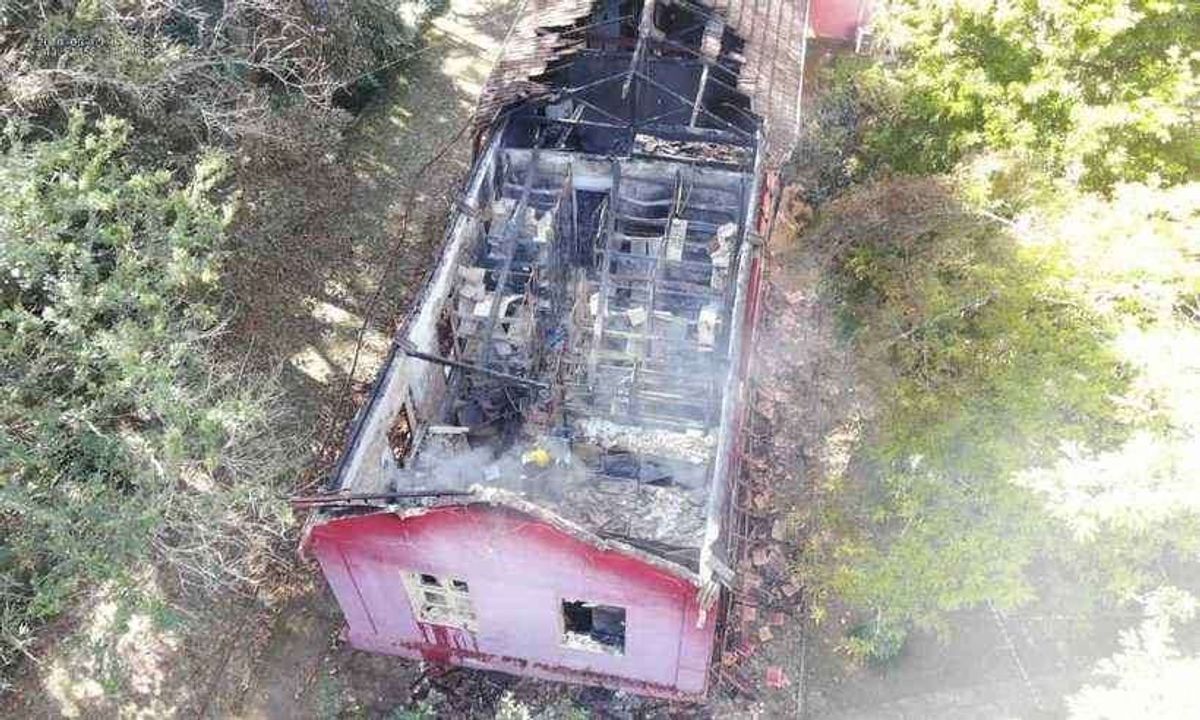An emergency rescue committee has been established to assess the losses suffered by the Museum of Natural History and Botanical Gardens of the University of Minas Gerais (UMFG) in Belo Horizonte after a fire struck on 15 June and gutted three storage rooms containing important archaeological objects. A team of professors, researchers, student volunteers and museum technicians is assisting with rescue efforts, and the full scope of what was lost is not yet known.
The museum, which was established in 1927, is one of the oldest university museums in Brazil and holds a 260,000-piece collection of Brazilian folk art, archaeological and ethnographic objects, bibliographic and archival documents, and rare specimens of plants and vegetal reserves.
The UMFG plans to organise an exhibition next year comprising the salvaged pieces from its collection, which will highlight the issues faced by government-funded museums in Brazil that have been subjected to years of financial neglect. Organisers also plan to assemble an archive of material documenting the rescue process, including high-resolution photographs and videos that will be used for a forthcoming documentary about the works.
The cause of the fire is still under investigation by the federal police. In a statement, Sandra Almeida, the president of the University of Minas Gerais, says that “unfortunate events like this add to many others, such as the tragic fire that destroyed the National Museum of Brazil in Rio de Janeiro in 2018”.
Mariana Lacerda, the director of the UMFG, says that rooms that were hit by the fire, which contained organic archaeological and zoological objects, “were the best rooms in the museum, with temperature and humidity control, and met all the needs for maintenance and monitoring of the collection”.
But in a previous statement to the Brazilian newspaper Folha de São Paulo, Lacerda acknowledged that the building lacked proper maintenance. Its electrical wiring was redone in 2013 and the last inspection by the fire department was carried out in October 2018. A month before that, an independent museums task force had visited the site and pointed out irregularities, such as the absence of a fire inspection report and fire and panic safety protocols.
In a report published in 2015, the museum also stated that it did not pass an inspection by the fire department and indicated some structural weaknesses, including ceilings that were at risk of collapsing. The report indicates that the museum did not have a plan for safeguarding its collection in case of a fire or other disaster.
Antonio Gilberto Costa, who served as director of the museum from 2013 to August 2019, told the Brazilian media outlet Estado de Minas Gerais that, when he resigned from his post, there was R$600,000 allocated for renovations and repairs but the funds were never used. He adds that a plan for safeguarding the museum in case of an emergency was written last year but was not put into practice.
In his statement, Costa accuses the UFMG of “negligence” and says that he alerted the university of possible risks. He adds: “After many years we managed to get resources to improve the university. What country is this that we allow these things to happen every day and nobody does anything? What was here was important for the history of man’s evolution.”


